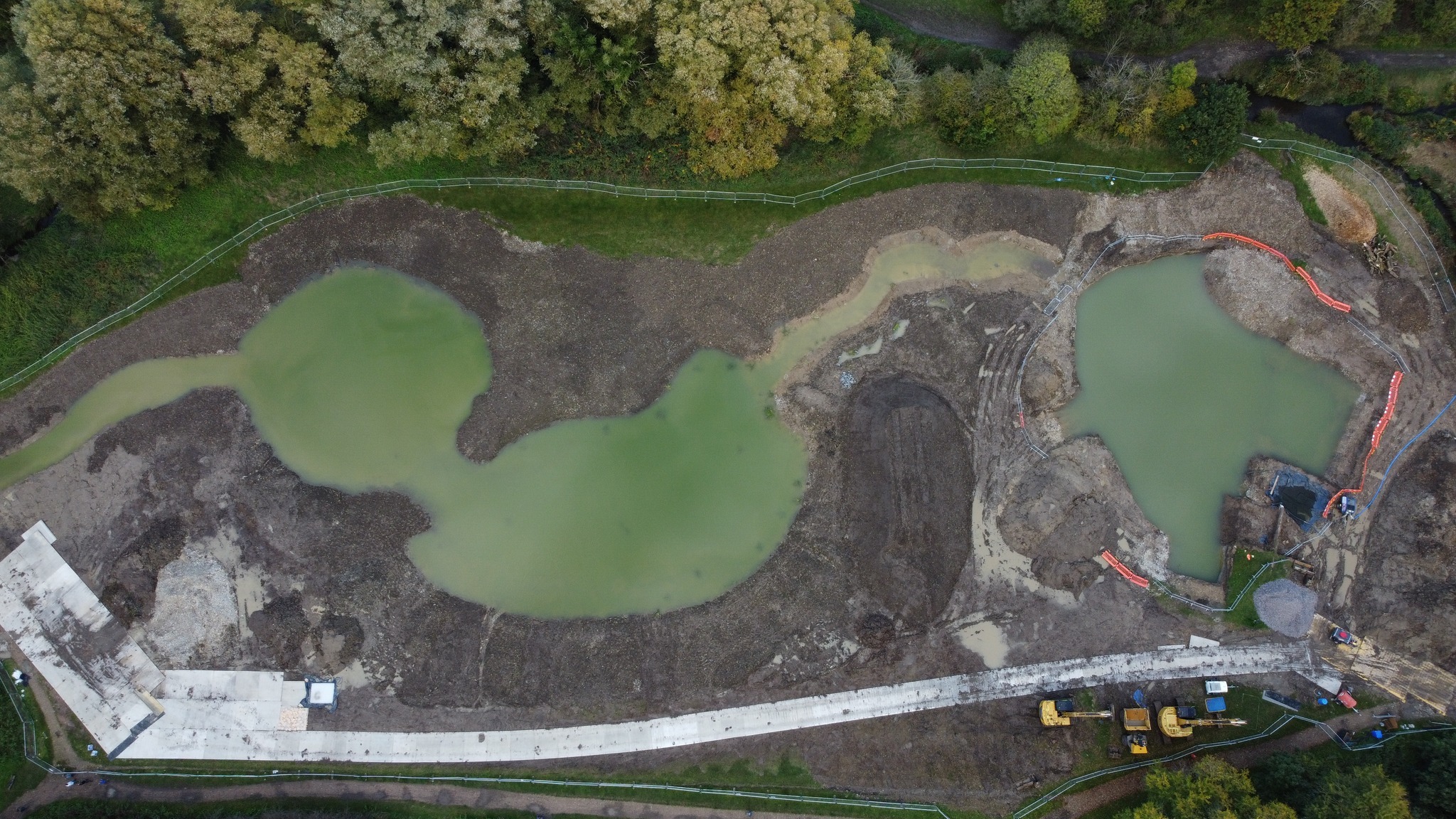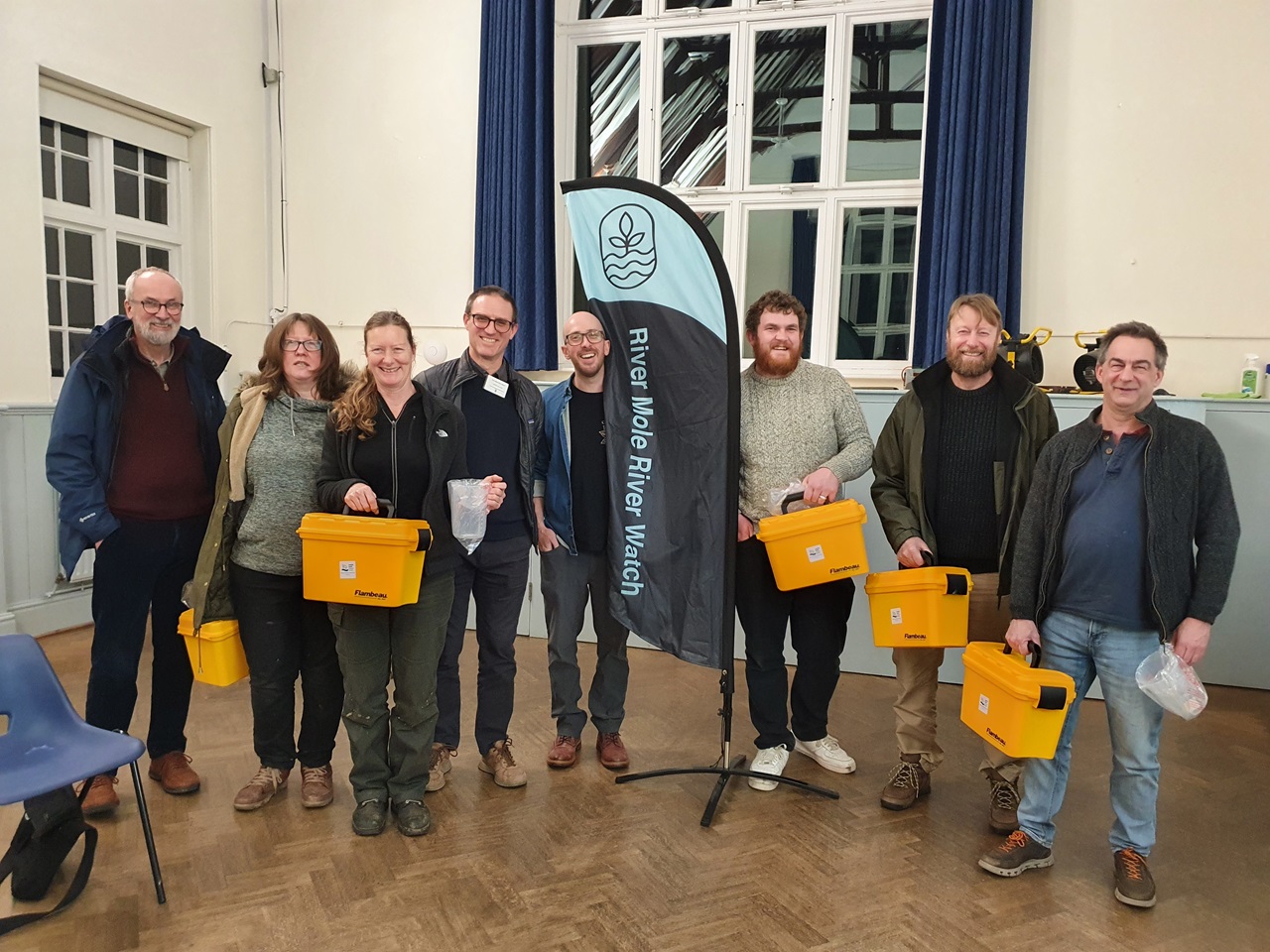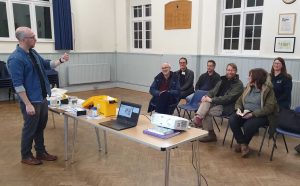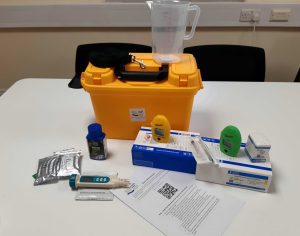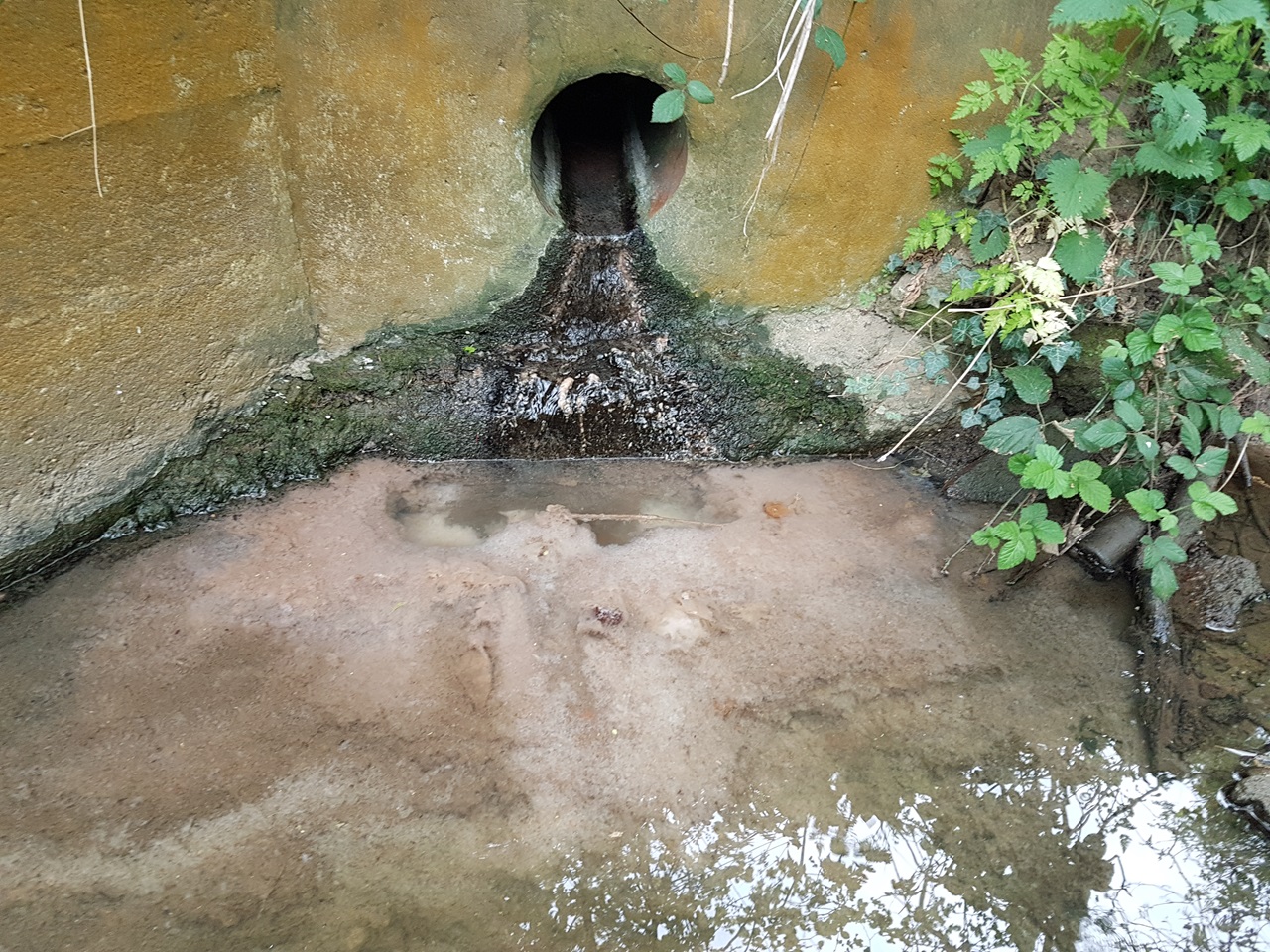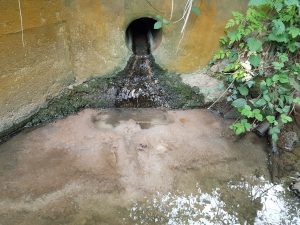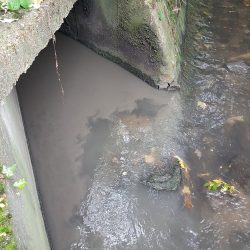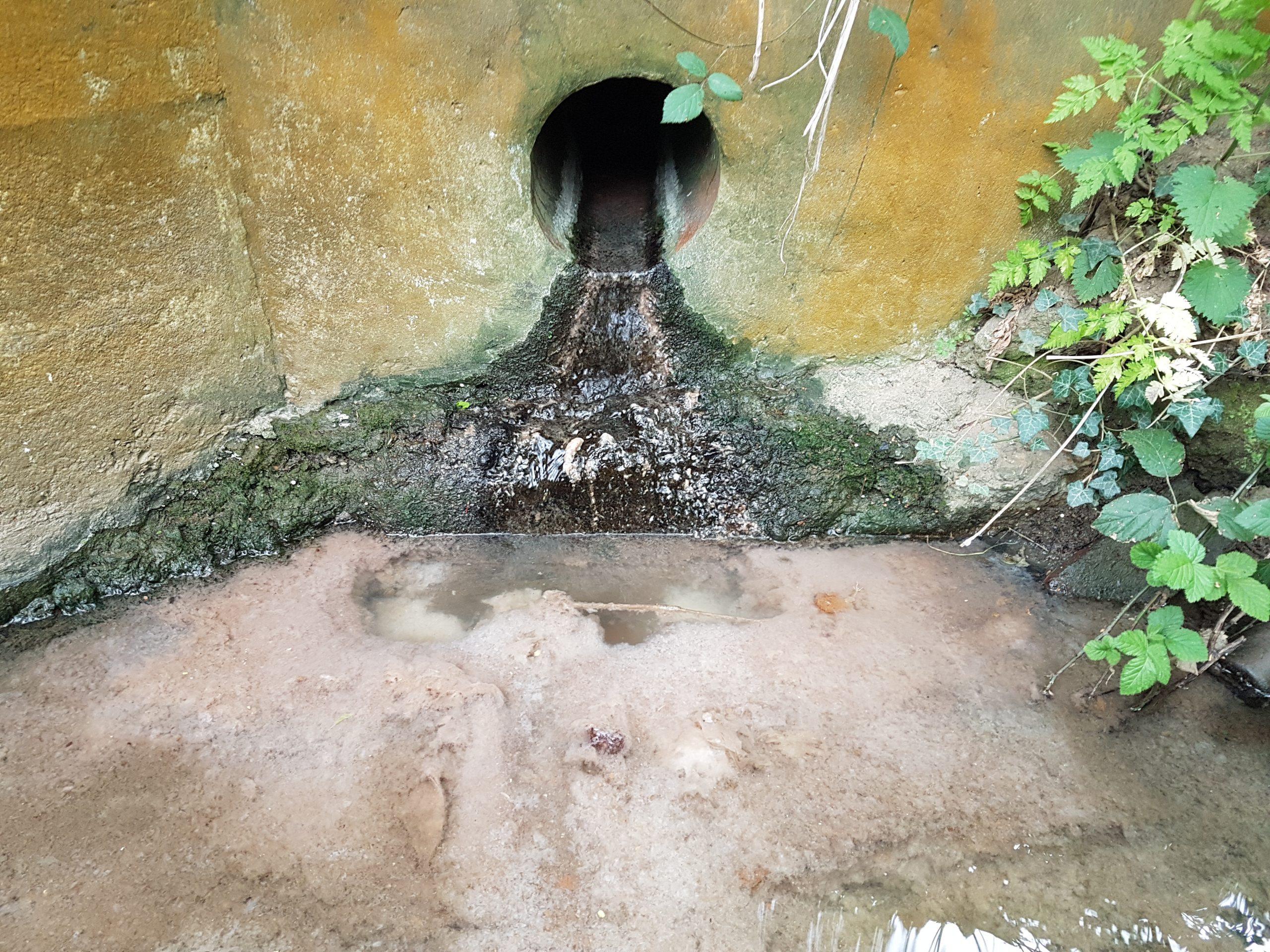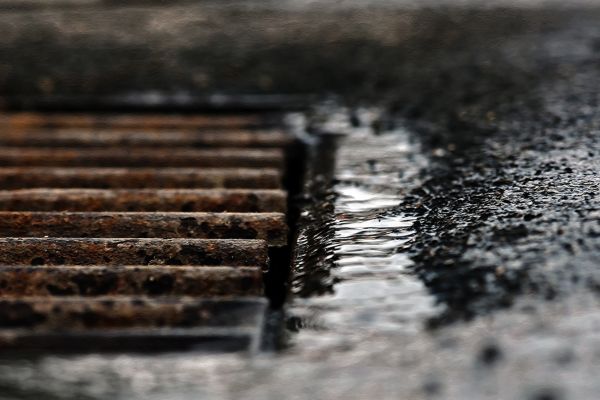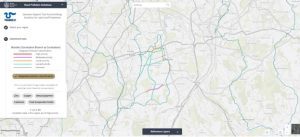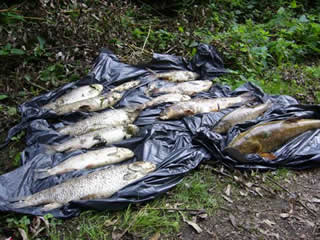Activity Description: Join us at the recently constructed Chamber Mead wetland to help plant a range of native wetland plants. Once established, these plants will help to filter pollutants from the water and will provide food, shelter and habitat for local wildlife.
Meeting point: Meet at the entrance to Chamber Mead, just off Green Lanes, Ewell, KT19 9SZ. Google map HERE
What to bring: Please wear appropriate clothes and footwear. The site may be very muddy, you might wish to wear your own walking shoes/wellies but we might be working in shallow water and will provide wellies and waders if required. We will provide tea, coffee and biscuits but please bring your own lunch and water.
BOOKING ESSENTIAL – please rsvp using the button below and complete the form to secure your spot. If the event is already fully booked then please sign yourself up to the waiting list and we’ll be in touch if a space becomes available.
Booking for this event will close at 5pm on Friday 26th April.
Please note: The event may finish early if all of the plants have been planted!
Please email volunteering@southeastriverstrust.org to:
- Find out more information,
- Cancel your space if you can no longer make it.
To read our Health and Safety Guidelines for this event please click HERE.
Photos and video footage will be taken at this event and used by the Trust for promotional purposes (including but not limited to printed materials, social media, newsletters and the website) and potentially shared with our external partners and funders. From time to time, external media agencies could also take photos, film or record our events.
The Trust’s lawful basis for processing this is “Legitimate Interests” under the General Data Protection Regulations. As an individual you have rights. If you wish for SERT to stop processing this data for you, please talk to a member of staff or email info@southeastriverstrust.org.
To read our Privacy Policy and see how we use and look after the information you provide when booking your spot at our events please click HERE.
SERT is committed to becoming a more inclusive, equal and diverse organisation. We value people as individuals with diverse opinions, cultures, lifestyles and circumstances. This applies to our event attendees and volunteers as well as all our staff, trustees and job applicants. To help us maintain accurate data about who is coming to our events, we would be grateful if you would spend a couple of minutes completing our Equality, Diversity and Inclusion Questionnaire by clicking HERE. Completing this form is voluntary, and any data you submit will be held securely and only used for the purpose of monitoring our organisational profile.

